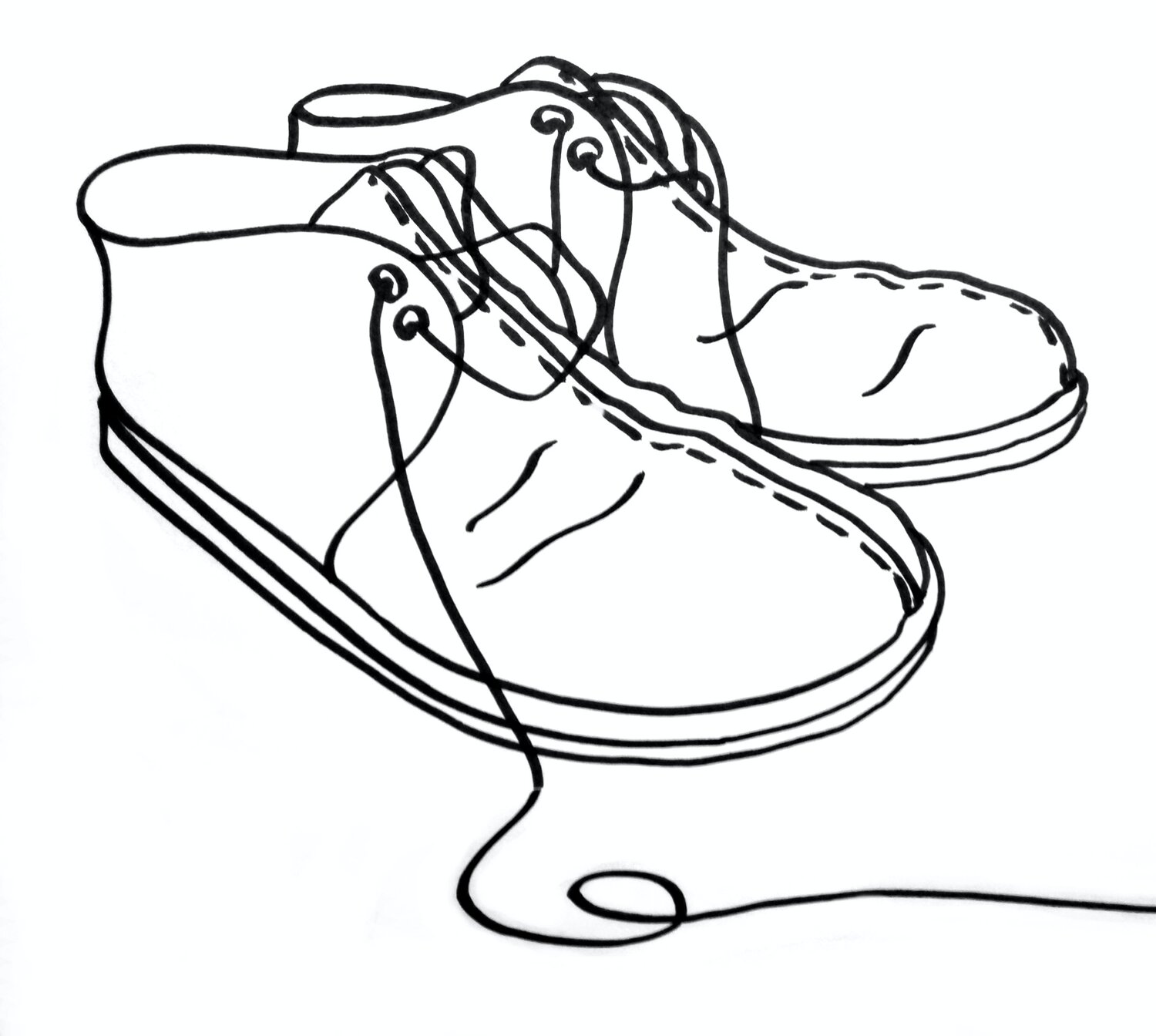The Rise of the Slipper
As a sociologist predominantly interested in the role shoes play in processes of being and becoming I was interested to be interviewed recently by the Lifestyle Editor of the Guardian Australia about a particular type of footwear - slippers. Unlike shoes, which through processes of social interaction we use to identify ourselves and others, slippers are usually set aside from social life; perhaps the reason they have largely escaped academic attention. Yet one may argue that slippers pose insights not already provided by studies of shoes. Their recent rise to public consciousness due to the COVID-19 pandemic starts to bring these differences into focus and points to the potential they provide for a deeper understanding of footwear and clothing in relation to identity.
One key observation from my own doctoral research and the 'If the Shoe Fits' research project at the University of Sheffield is that shoes are transformative. From the heels one puts on for a night on the town, the shoes worn to feel professional at work, the hiking boots necessary to navigate challenging terrain, to baby's first shoes or the footwear necessary to ease mobility in later life; various types of footwear effect daily and life course transitions. Their social and cultural meanings, of course, as important for these processes of transformation as their utility. While slippers may be less social than shoes - and perhaps we consider their communicative potential less - they are certainly as transformative. They effect transitions from the outside to the inside; from our public to private disarmed selves. From the moment we kick off our shoes and don our slippers they are employed in rituals of relaxation and these associations make them even more powerful. Consequently, unlike many other types of footwear, we develop a particularly intimate relationship with slippers. One might suggest therefore that due to their less social status slippers might provide us with a unique opportunity to gain a better insight into the particularly sensory and emotional dimensions of footwear in processes of transition and transformation.

